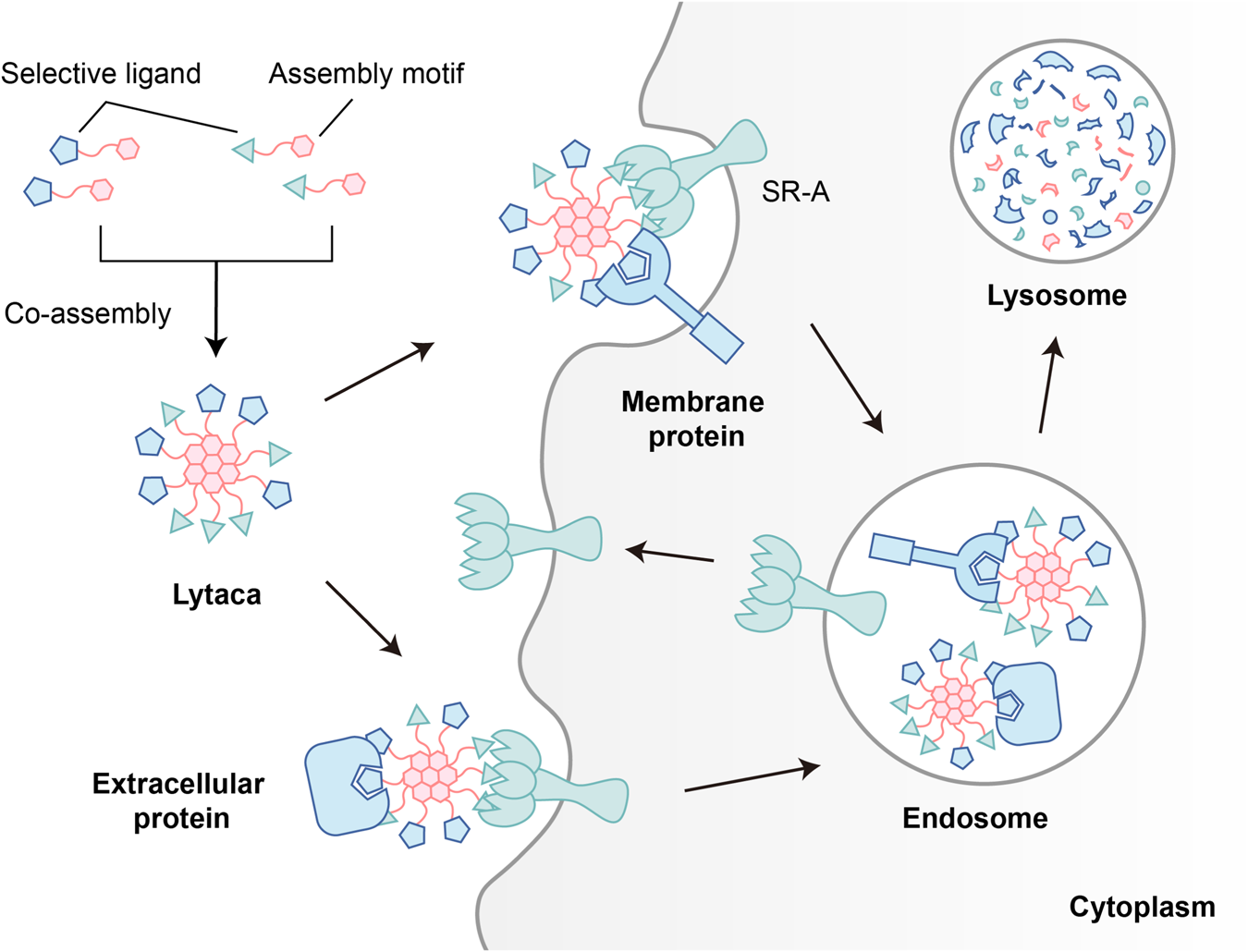Weidong Dong, Xingyue Yang, Xinyu Li, Sheng Wei, Chuanjing An, Jun Zhang, Xiaomeng Shi, and Suwei Dong*



The receptor for advanced glycation end products (RAGE) plays a crucial role in inflammation-related pathways and various chronic diseases. Despite the recognized significance of N-glycosylation in the ligand-binding V domain (VD) of RAGE, a comprehensive understanding of the site-activity and structure–activity relationships is lacking due to the challenges in obtaining homogeneous glycoprotein samples through biological expression. Here, we combined chemical and chemoenzymatic approaches to synthesize RAGE-VD and its congeners with Asn3-glycosylation by incorporating precise N-glycan structures. Evaluation of these samples revealed that, in comparison to other RAGE-VD forms, α2,6-sialylated N-glycosylation at the Asn3 site results in more potent inhibition of HMGB1-induced nuclear factor-κB (NF-κB) expression in RAGE-overexpressing cells. Hydrogen/deuterium exchange-mass spectrum analysis revealed a sialylated RAGE-VD-induced interaction region within HMGB1. Conversely, Asn3 N-glycosylation in VD has negligible effects on RAGE-VD/S100B interactions. This study established an approach for accessing homogeneously glycosylated RAGE-VD and explored the modulatory effects of N-glycosylation on the interactions between RAGE-VD and its ligand proteins.
所有内容 © DongLab ·版权所有。 地址:中国 100191 北京市海淀区学园路 38 号 E-mail:dongs@hsc.pku.edu.cn) 电话:010-82805931